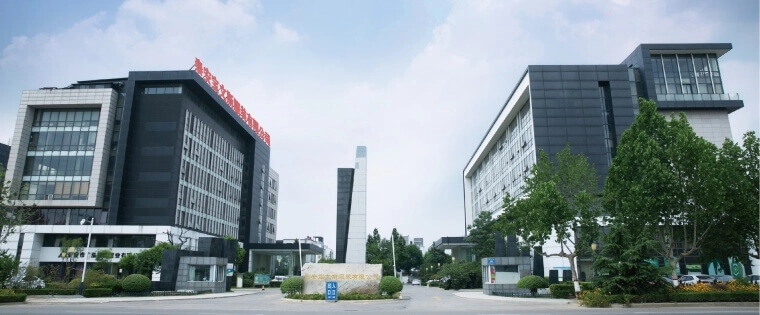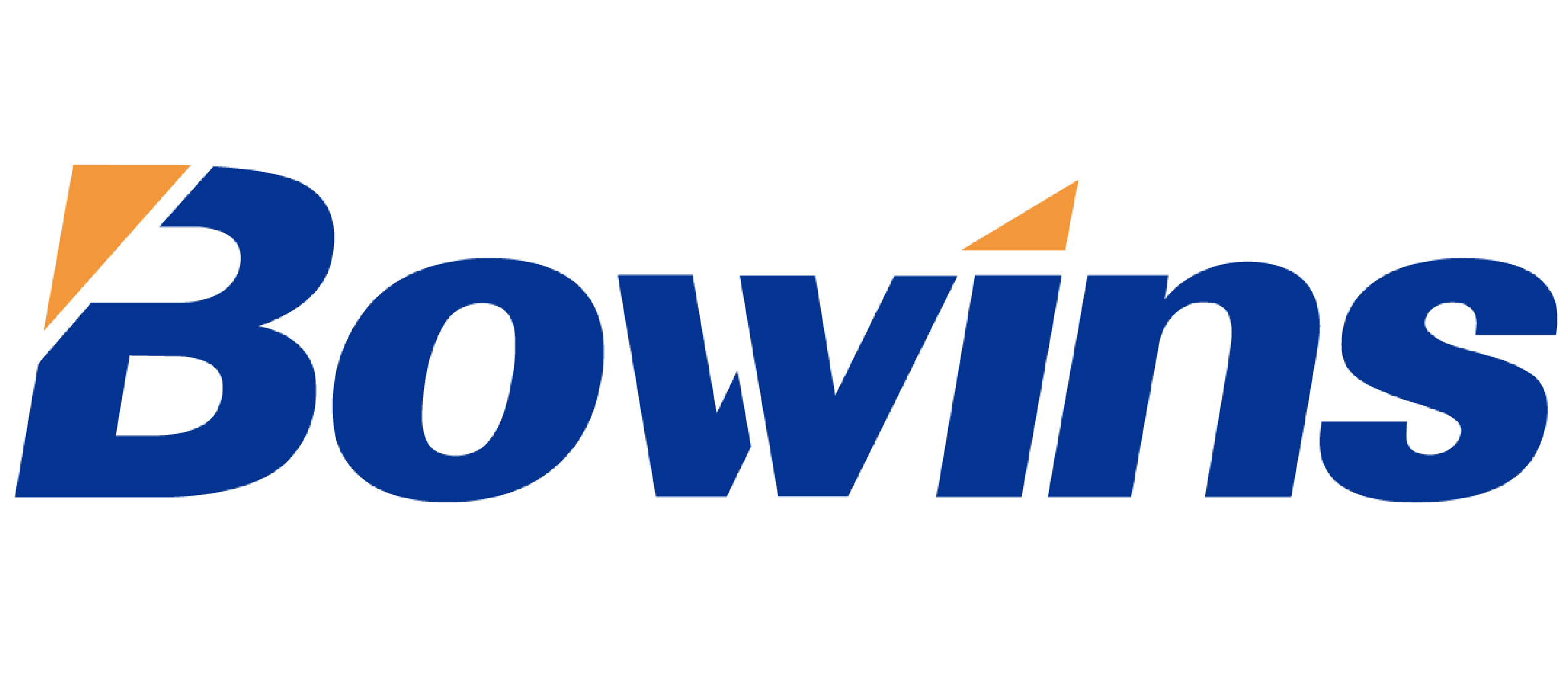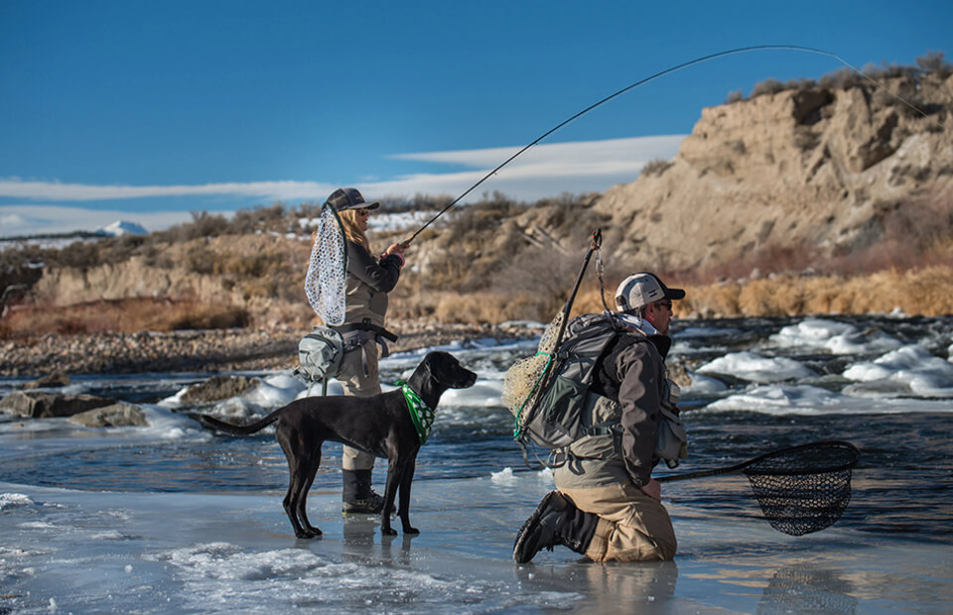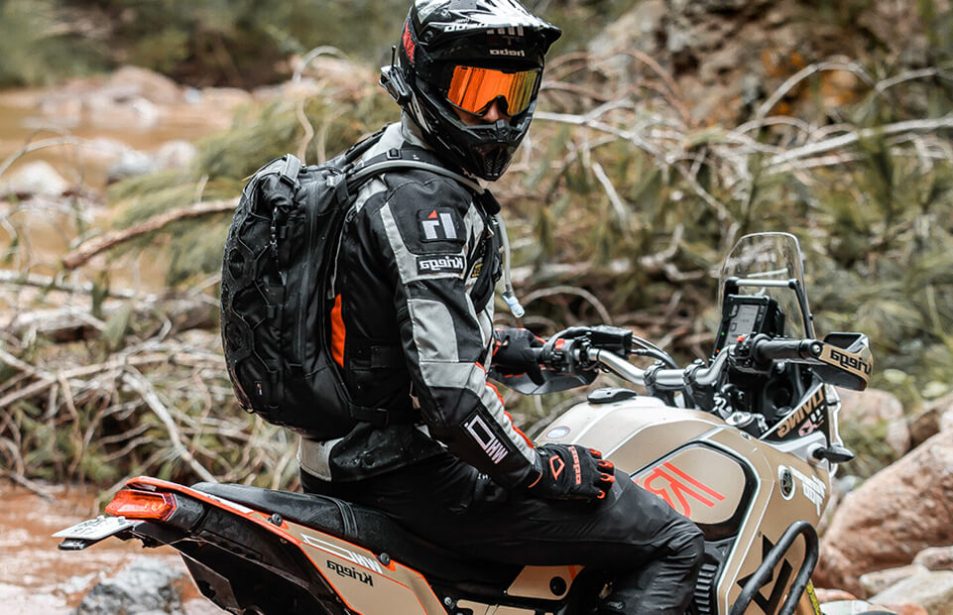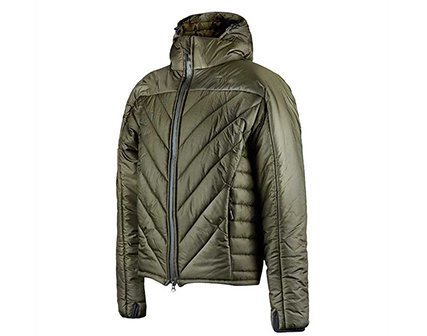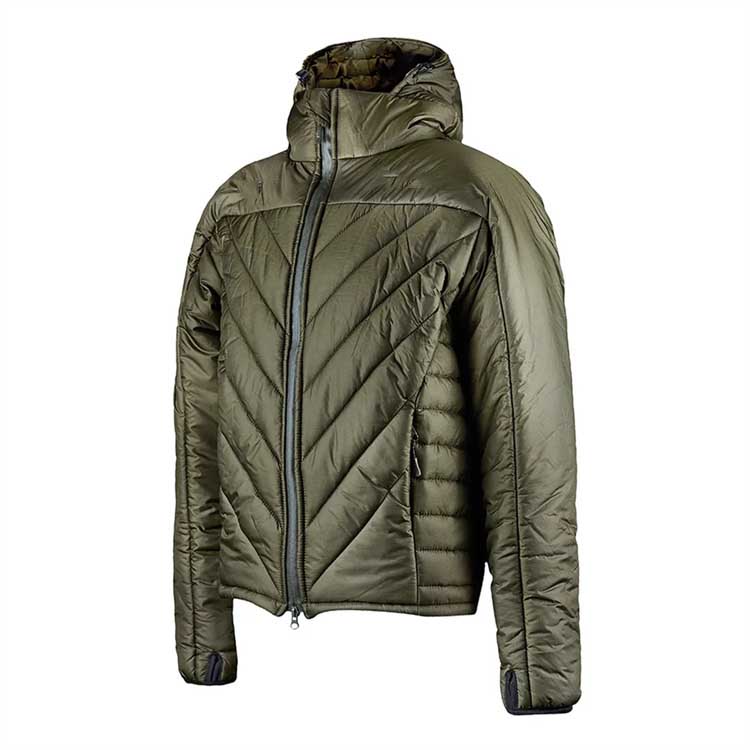Outdoor Quilting Puffer Jacket: Performance, Market Demand, and Technical Insights
Outdoor quilting puffer jacket demand has increased significantly across global B2B markets, driven by rising outdoor sports participation, expanding winter apparel consumption, and the continued shift toward functional, insulated outerwear. As temperatures fluctuate more widely and buyers emphasize durability, insulation efficiency, and environmental performance, this category is poised for substantial growth. This article analyzes how outdoor quilting puffer jackets perform, what drives their market expansion, and how technical factors influence product quality and buyer satisfaction.
Global Market Overview for Outdoor Quilting Puffer Jackets
The outdoor apparel market has maintained strong momentum, with insulated jackets representing one of the highest-growth categories. Outdoor quilting puffer jackets, known for their lightweight structure, thermal efficiency, and weather resistance, have become essential in skiing, hiking, tactical use, and everyday winter wear. Market reports indicate that insulated outerwear demand is projected to rise by more than 7% annually through 2030, driven by colder climate cycles and expanding sports tourism.
Bulk buyers increasingly seek quilting puffer jackets that balance performance with cost efficiency. As a result, specifications such as fill-power rating, fabric resilience, waterproofing, and structural quilting patterns have become key procurement criteria.
Technical Structure of Outdoor Quilting Puffer Jackets
The construction of an outdoor quilting puffer jacket determines its insulation stability, wind protection, and long-term performance. Quilting patterns are crucial because they keep insulation evenly distributed, preventing cold spots during prolonged exposure to harsh outdoor conditions. Manufacturers often use a combination of synthetic fibers and advanced insulation technologies to enhance thermal retention.
Insulation Materials and Their Performance
Synthetic insulation remains the most widely used option for outdoor quilting puffer jackets. It provides a strong warmth-to-weight ratio, retains heat when wet, and withstands heavy outdoor use. Some suppliers incorporate multi-layer fiber blends to improve loft recovery and long-term durability.
For colder regions, high-loft insulation or hybrid structures—combining quilting with laminated thermal films—improve overall heat preservation. These materials keep the jacket lightweight while supporting mobility during winter activities.
Shell Fabric and Weather Resistance
The shell fabric of an outdoor quilting puffer jacket must deliver abrasion resistance, water repellency, and wind protection. Common materials include polyester and nylon with durable water-repellent coatings. High-density weaves help reduce heat loss, while breathable membranes maintain wearer comfort during vigorous outdoor use.
In addition, UV-resistant coatings and anti-tear fibers increase durability, making the jacket suitable for mountainside environments and long-term outdoor exposure.
Manufacturing Process and Quality Control
The production of outdoor quilting puffer jackets involves fabric cutting, insulation layering, quilting stitching, filling reinforcement, and seam finishing. Automated quilting machines ensure consistent stitching and avoid uneven pressure distribution. Quality control teams typically examine insulation uniformity, seam strength, zipper durability, and temperature-performance ratings before shipment.
This manufacturing precision is essential for large-scale B2B buyers who require product consistency across multiple batches and regions.
Market Trends Driving the Growth of Outdoor Quilting Puffer Jackets
The rise in winter sports participation, demand for tactical outerwear, and the increasing preference for lightweight insulated jackets directly influence purchasing behavior. Modern consumers prioritize comfort, minimalist aesthetics, and improved mobility, placing outdoor quilting puffer jackets at the center of winter product portfolios.
Environmental awareness also shapes buyer expectations. Many suppliers now explore recycled fibers, low-impact dyes, and energy-efficient production methods to meet sustainability requirements. This trend is expanding especially in Europe and North America, where eco-certified outerwear is gaining traction.
How Buyers Evaluate Quality in Outdoor Quilting Puffer Jackets
B2B customers typically assess four primary performance attributes: thermal efficiency, weight balance, shell durability, and construction quality. A well-engineered outdoor quilting puffer jacket must maintain its shape and insulation distribution after extended use, resist moisture and wind, and deliver comfort across varied temperatures.
Additional features—such as adjustable cuffs, inner pockets, reinforced shoulders, and high-neck designs—contribute to value differentiation and purchasing decisions.
FAQ: Common Questions from B2B Buyers
What insulation thickness is recommended for harsh winter environments?
Mid-to-high-loft synthetic insulation provides reliable warmth for temperatures ranging from –10°C to –25°C. Buyers should evaluate fill density and quilting pattern to ensure heat retention.
How durable are outdoor quilting puffer jackets for industrial or tactical use?
Jackets with reinforced stitching, high-density shell fabrics, and abrasion-resistant coatings are suitable for demanding activities, offering improved longevity and resistance to wear.
Can these jackets be customized for large B2B orders?
Yes. Outdoor quilting puffer jackets can typically be tailored in terms of colors, insulation weight, shell material, sizing standards, and functional add-ons to meet different market needs.
Do quilting patterns affect warmth?
Absolutely. The quilting structure keeps insulation evenly positioned, preventing cold spots. Smaller grids enhance insulation stability, while larger panels improve flexibility.
Conclusion and Professional Call to Action
Outdoor quilting puffer jackets are a key category shaping global winter apparel trends. Their technical performance, thermal efficiency, and durability make them essential for outdoor sports, winter wear, and tactical applications. With the market continuing to expand, buyers seeking reliable bulk supply must prioritize quality engineering, material innovation, and consistent production standards.
If you are planning bulk procurement or need customized outdoor quilting puffer jackets for your brand, product line, or regional markets, We can support your sourcing process with stable quality, advanced technical solutions, and scalable manufacturing. Contact us to discuss specifications tailored to your project requirements.
![Outdoor Quilting Puffer Jacket Outdoor Quilting Puffer Jacket]()
![Outdoor Quilting Puffer Jacket Outdoor Quilting Puffer Jacket]()
